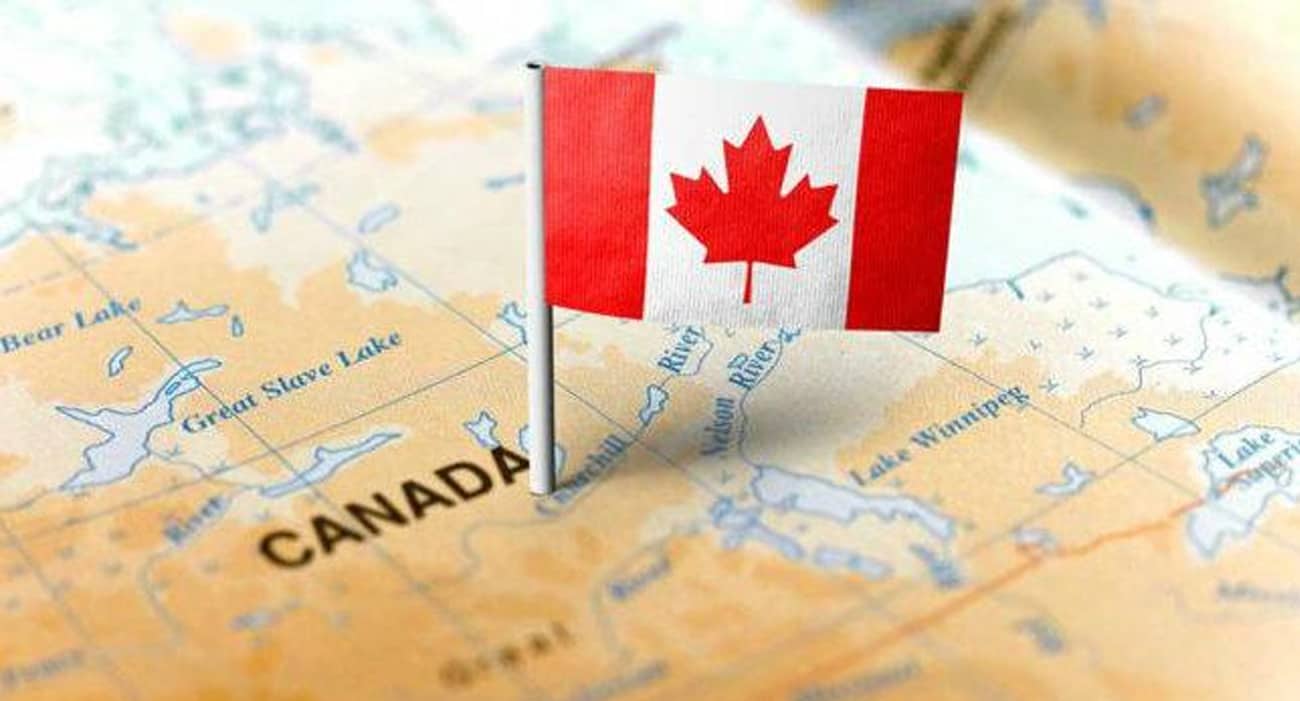
The Express Entry system has proven to be an effective and streamlined way for individuals to immigrate to Canada. Every year, Canada updates its immigration policies, sets new priorities, and carefully selects various categories for the Express Entry program to meet the evolving needs of the country. It is a transparent and efficient system that allows the Canadian government to select candidates based on their qualifications and potential to contribute to the Canadian economy.
As in previous years, in 2023 Canadian government selected categories, how the Express Entry rounds of invitations should held, and how the Canada cut-off score should look.
Categories Chosen for 2023 Express Entry
The categories chosen for the 2023 Express Entry system build upon Canada’s commitment to attracting talent that contributes to its economic growth and development. The three primary immigration pathways under Express Entry remain largely unchanged. The Federal Skilled Worker Program (FSWP) is designed for skilled professionals with significant work experience and high educational qualifications, Federal Skilled Trades Program (FSTP) targets skilled trades workers who have relevant work experience in specific occupations, Canadian Experience Class (CEC) allows temporary foreign workers who have accrued a minimum of one year of valuable skilled work experience within Canada that transition to permanent residency.
Express Entry System Work
The Express Entry system operates through periodic rounds of invitations, also known as draws. These Rounds are a fundamental aspect of the Express Entry system. In 2023, as in previous years, Immigration, Refugees, and Citizenship Canada (IRCC) will conduct regular draws from the Express Entry pool. First, candidates interested in immigrating to Canada must submit an online profile depending on personal and professional factors. Candidates are selected based on their Comprehensive Ranking System (CRS) scores.
The CRS, a points-based system, assesses applicants based on a variety of criteria, including age, education, work experience, language ability, and more. The most-elevated scoring candidates are invited to apply for permanent residence.
Canada cut-off score
The Canada cut-off score refers to the minimum CRS score required to receive an Invitation to Apply (ITA) during Express Entry. The cutoff score is determined by the number of candidates in the pool and the perceived economic needs of Canada during a particular round. The CRS score is influenced by various factors. These factors play a crucial role in assessing a candidate’s potential contribution to Canada’s economy and overall settlement ability.
Remember that precisely anticipating the CRS score is preposterous as it changes each time contingent on the necessities of the government. Here are some common ways that raise the scores:
- Constant endeavors to further develop language capability can bring about higher CRS scores.
- If there is a family member that has permanent residency in Canada it can enhance CRS points.
- Nominations from Canadian provinces carry substantial weight and upgrade CRS points
- Having a legitimate employment offer from a Canadian employer increases CRS points significantly, improving the possibility of receiving an invitation.
Highbrow, a main migration consultancy firm in Pakistan, intently monitors the Express entry system and gives significant experiences to forthcoming outsiders. Their specialists assist applicants with staying informed about changes in Express entry categories, rounds of invitations, and urge candidates to consistently evaluate their CRS score and adjust their profiles to amplify their possibilities getting an encouragement to apply for long-lasting residency
Conclusion
In conclusion, the CRS score and the Express Entry rounds of invitations are fundamental parts of the Canadian immigration process for skilled workers. Candidates can navigate the system more successfully and improve their chances of receiving an Invitation to Apply for Permanent Residence by monitoring these elements.